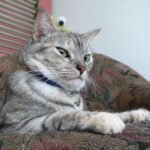Cats have always held a special place in human society, transcending cultures and continents. Their mysterious nature, independence, and grace have captivated artists and writers for centuries. From ancient deities to modern-day internet sensations, cats have remained a consistent muse. This article explores how cats have evolved in art and literature, reflecting our changing perceptions and societal values.
Cats in Ancient Art: Symbols of Divinity and Protection
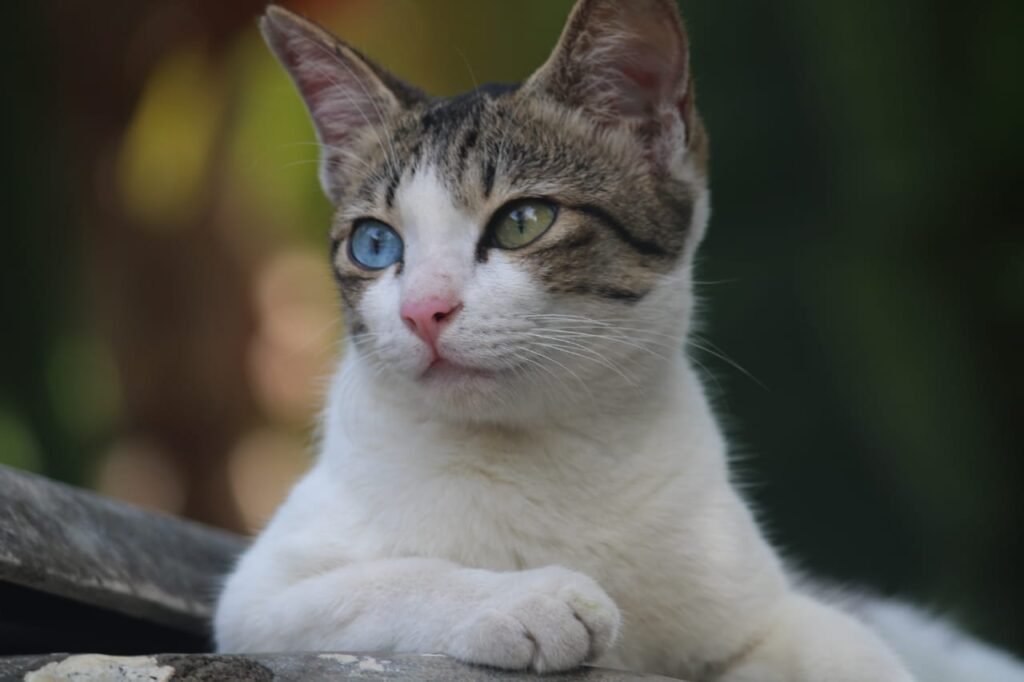
In ancient Egypt, cats were revered, primarily represented as deities or as protectors of the home. The goddess Bastet, often depicted as a lioness or a domestic cat, symbolized protection and fertility. Artists of the time immortalized cats in sculptures, paintings, and amulets, underscoring their significance. This reverence elevated the domestic cat to a status of near-divinity, forever entwining them with human spirituality.
Medieval Misunderstandings: From Companions to Omens
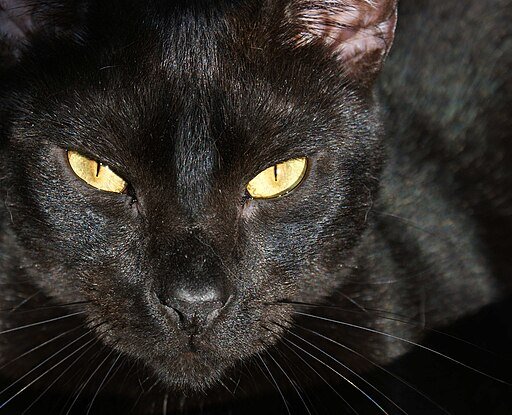
During the medieval period, cats underwent a drastic transformation in European art and literature, often being associated with witchcraft and bad luck. Dark times for cats saw them depicted in manuscripts and paintings as sinister companions of witches. However, they were also recognized for their rodent-control abilities, which saved crops and, by extension, human lives.
The Renaissance: Cats as Beggars and Muses

The Renaissance era marked an increase in the presence of cats in art. Many artists depicted domestic scenes that prominently featured cats, showcasing their natural elegance and curiosity. Leonardo da Vinci famously sketched numerous cats, celebrating their form and movement. Cats became part of the everyday tapestry of life, reflecting social ties and family dynamics.
Victorian Era: The Romanticization of the Domestic Cat
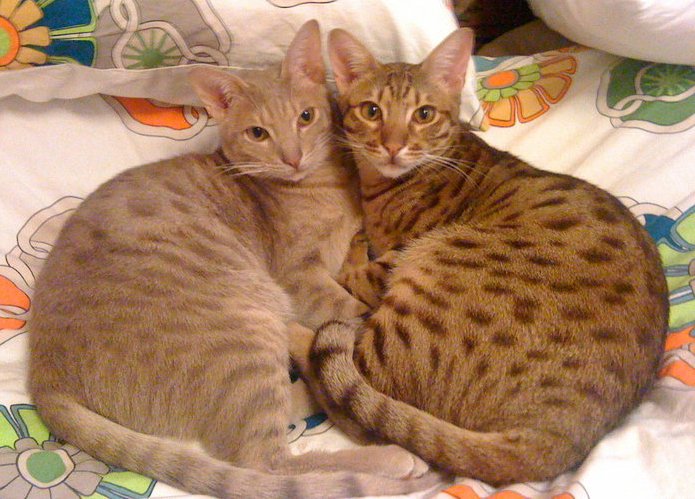
In the 19th century, cats began to be seen in a more affectionate light. Artists such as Louis Wain brought cats to the forefront, painting them in whimsical and anthropomorphized scenarios that captured the Victorian curiosity about animal emotions. In literature, cats began to appear as characters with distinct personalities, mirroring contemporary sentiments about domesticated life.
Modernism and Cats: A Symbol of Independence
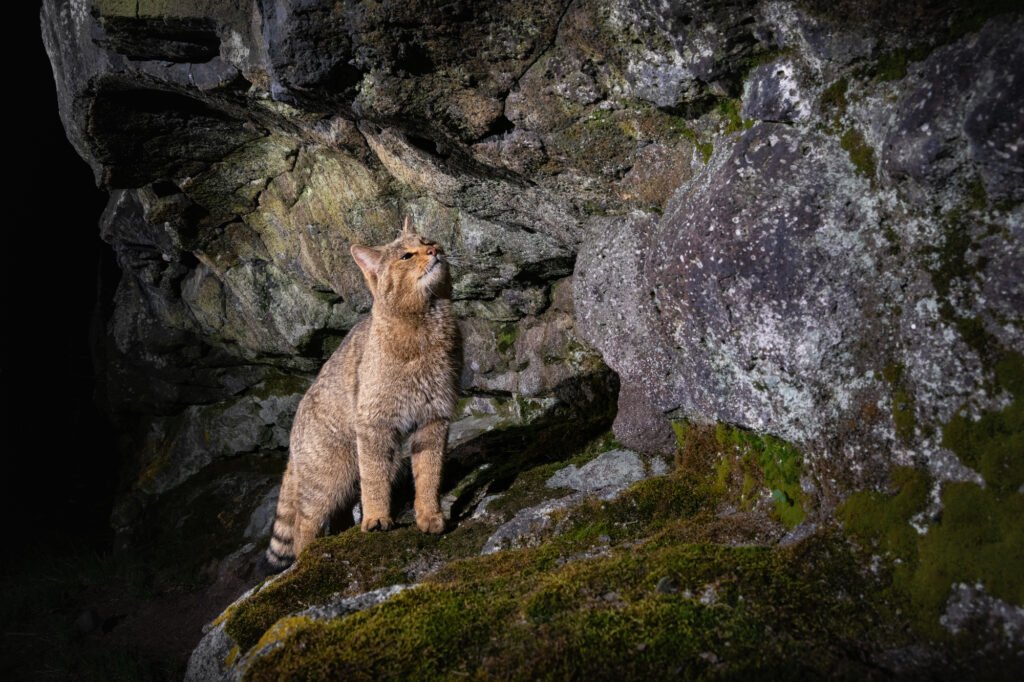
Modernist artists and authors embraced the enigmatic nature of cats, attributing to them the qualities of independence and rebellion. Writers like T.S. Eliot celebrated cats in works like “Old Possum’s Book of Practical Cats,” which balanced whimsy with insight. Visual artists, including Gertrude Abercrombie, often featured cats in surreal settings as symbols of both domesticity and the subconscious.
Cats and Surrealism: A Connection to the Dream World
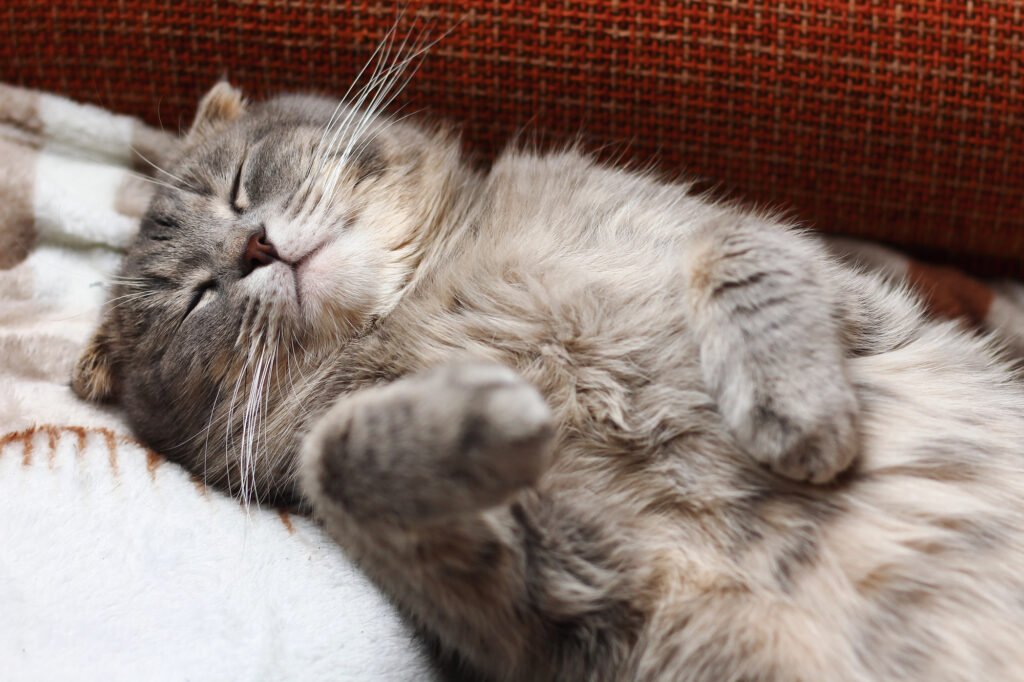
The Surrealism movement found in cats an aligned spirit with its exploration of the dream world and the unconscious. Artists like Salvador Dalí incorporated cats into their work as representations of the supernatural and the inexplicable. The feline presence in surrealism challenges viewers to consider the layers of reality and imagination.
The Digital Age: Cats as Internet Icons
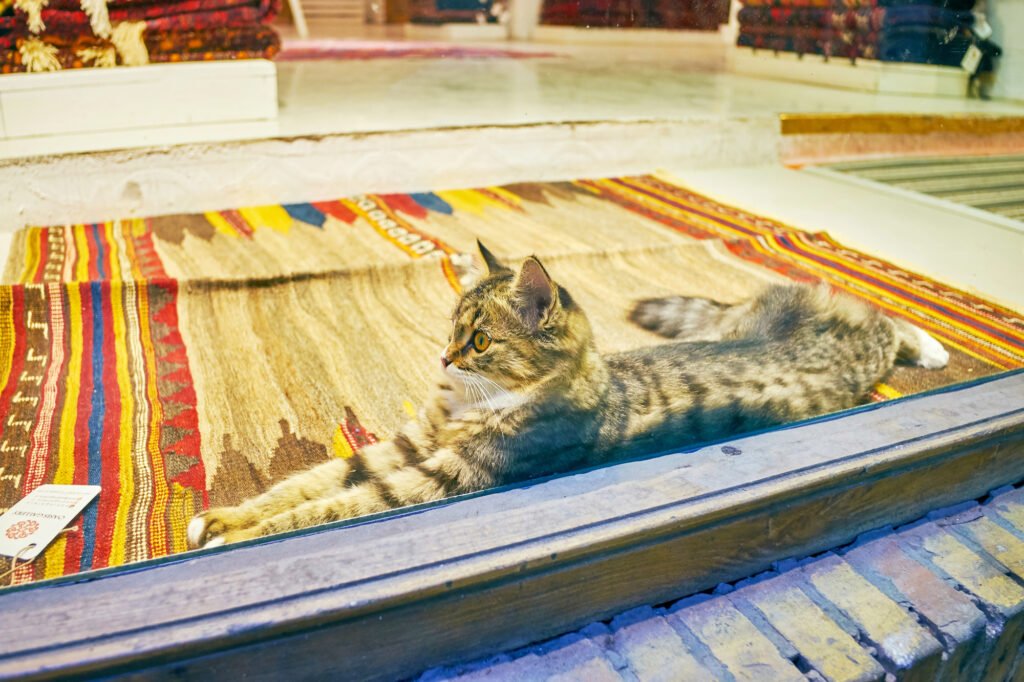
With the advent of the internet, cats have found an unprecedented platform in digital media. Viral videos, memes, and social media accounts have catapulted these animals into global icons. This shift reflects society’s broader embrace of cats as embodiments of humor and playfulness, transforming traditional art forms with new technology.
Contemporary Literature: Cats as Complex Characters
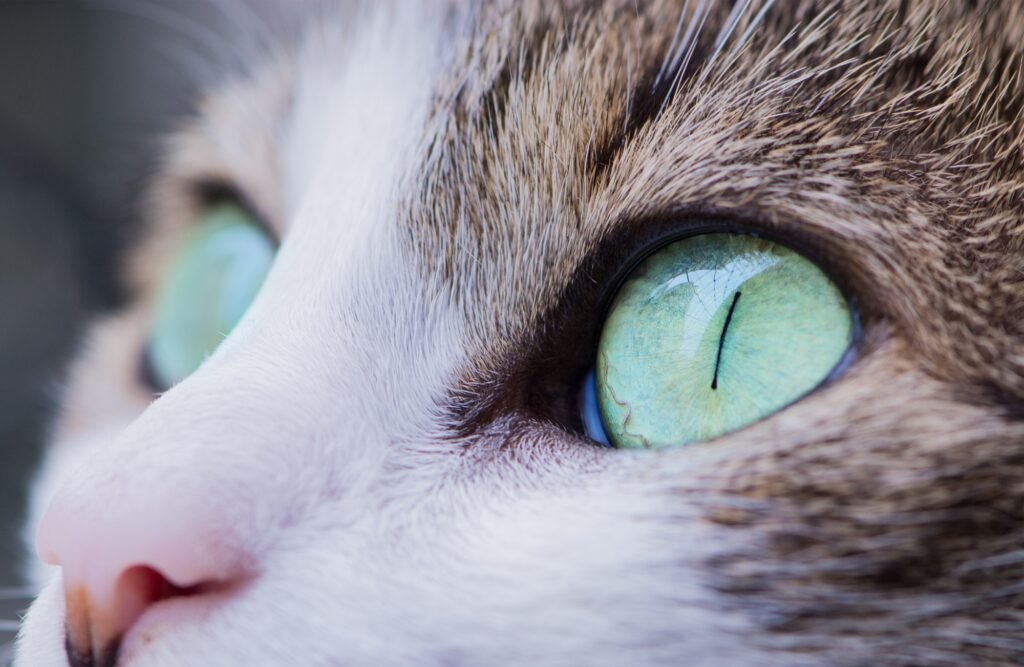
In contemporary literature, cats are often portrayed as complex, intelligent creatures that navigate the boundaries between wild and domestic. Authors such as Haruki Murakami and Yann Martel use cats to explore themes of loneliness, companionship, and existential inquiry. These narratives present cats as reflective agents in the human experience.
Cats in Popular Culture: From Movies to Merchandise

Beyond literature, cats have permeated popular culture, appearing in blockbuster films, animated series, and an array of merchandise. Characters like Puss in Boots and Garfield have become beloved figures, representing different aspects of feline appeal. This cultural saturation underscores the deep-rooted affection humans have for cats.
Conclusion: The Timeless Allure of the Feline Form

The evolution of cats in art and literature is a testament to their enduring allure and versatility as symbols. From divine beings to beloved pets, cats have morphed into various roles that reflect the societal values and philosophical inquiries of their time. As cultural artifacts, cats continue to inspire, provoke, and entertain, ensuring their place in the human narrative for generations to come.

